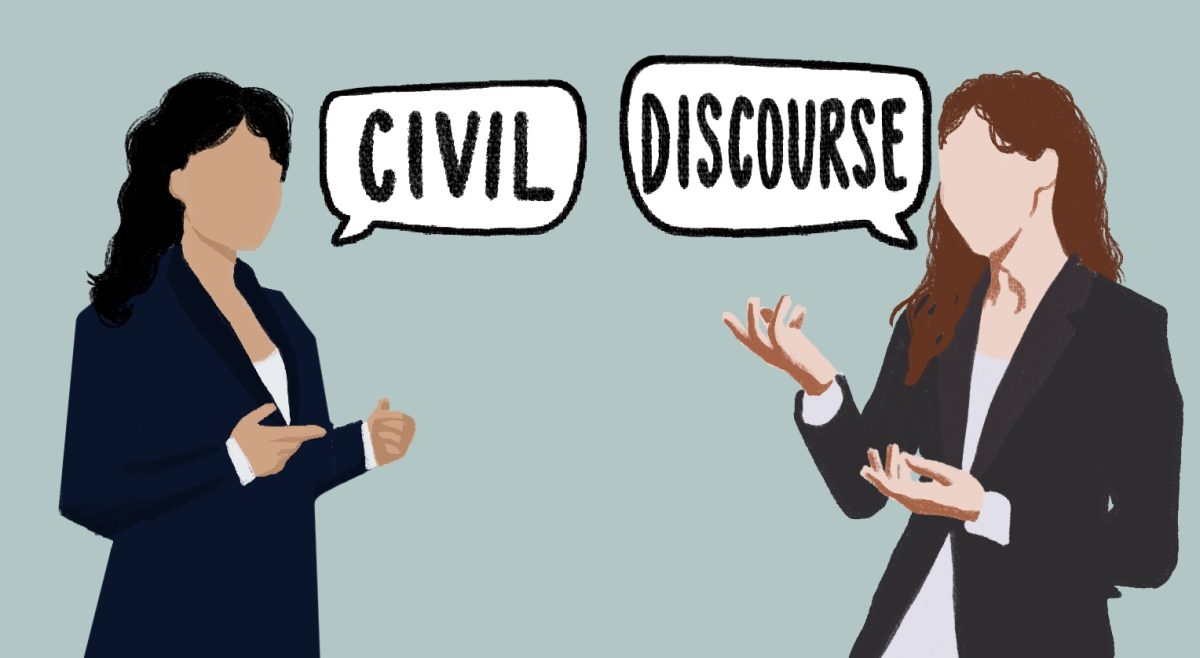“Are you stupid? Do you not understand the difference between ‘bog’ and ‘dog?’ You’ve failed yet another spelling test!”
I was in fourth grade and in front of my entire class when I discovered I had a learning disability (LD). It was almost inevitable, seeing as my father, mother, and sister all have at least one, but that didn’t take away the sting of my teacher’s words. Fearing I would be kept out of higher-level classes, my mother decided to keep it quiet, so for eight years, I did my best to hide it from teachers and, more importantly, administrators. Yet, upon arriving at Boston College, I reached the point at which I could no longer succeed at the level I desired without accommodations, so I submitted my paperwork. Plus, at college, things were supposed to be different-people were going to be more understanding. Unfortunately, I’ve learned that isn’t always the case.
Although colleges in the U.S. claim to accommodate students with LDs, their innate structure makes this impossible. In a system that focuses on reading comprehension and exams with in-class essays-as well as a culture that belittles those who have the slightest difficulty learning-one can see how students with dyslexia, ADHD, dyspraxia, or other disabilities struggle. Even the exams that determine admission into the system often put those with LDs at a disadvantage. Thus, throughout the entire higher education system, those with LDs are hindered in their attempts to receive a full and fair education.
Most concerning are the biases held, often subconsciously, by professors and students within higher education, created by a hierarchical binary. Binaries, according to structural philosophy, are two opposing concepts embedded in the Western tradition. It is clear the particular binary in question exists in our language, and due to cultural and historical biases, we see it as hierarchically structured, where one is preferred over the other. In other words, the hierarchical binary cultivates a belief that LD students are inferior to “normal” students. This bias exists even here at BC-I personally have been graded differently because it was thought that I couldn’t meet the regular standards. I have been denied the use of my accommodations because I was in a higher-level class so I “obviously didn’t need them.” Of course, this does not happen with all professors-most are more than supportive and accommodating, but it does happen. In addition, LD students, myself included, are consistently the punch line of jokes among peers. While it is easiest to laugh these jokes off, they are a constant reinforcement of the bias. Again, this is rarely done consciously, but it cultivates the prejudice nonetheless. Even comments that are meant to praise once again affirm that most associate disabilities with inability. For example, a professor once told me how exceptional it is that I am in the A&S Honors Program. While this was meant to be a compliment, he was surprised the program took me.
Furthermore, at many schools, students with LDs are given paperwork outlining their disabilities and accommodations, and they then must deliver the paperwork to each of their professors. While one would hope such information would not interfere with grading or overall perspective, it can. In fact, studies have proven that students with LDs are “less preferred” and evaluated at a different standard, often resulting in lower grades. Although it may be necessary for the professors to have the paperwork, unfortunately, the information sometimes has unintended consequences-not to mention, to some, the process can be uncomfortable and degrading.
In such an environment, it is easy for LD students to internalize the bias. Thus, some LD students begin to create internal limits for themselves. This is not only a disservice to the individual, but also to the entire intellectual community. Imagine if Nelson Rockefeller, Albert Einstein, or Woodrow Wilson had given up because their education systems made them feel incapable of great things due to their LDs?
Looking to Europe, however, one sees hope. At universities there, professors never know which students have LDs. They don’t proctor tests, to ensure that biases are not formed against those with accommodations, and all examinations are graded with anonymity. Furthermore, students with LDs are not marked down for spelling or grammar mistakes. While this system is still imperfect-as it still relies on reading comprehension-there are initiatives to eliminate biases and to deconstruct the hierarchical binary.
According to BC’s Connors Family Learning Center (CFLC), 450 students on campus have an LD, with the vast majority being undergrads. While that number may seem small, statistically speaking, with an average class size of 27 and an assumed 50 students per graduate program, the odds say there is one LD student in each of your classes. Of course, this is not always the case, but the statistics say something powerful. Next time you take a test in your Core history, take a second to think. The girl next to you, who is asked the same questions, could be an LD student who is marked down because her spelling is poor, or maybe the boy three rows down misread the question due to a scrambling of letters and a lack of extra time and thus filled in the wrong multiple choice bubble.
So, how do we create a fair environment? The CFLC does a great job on an individual basis, and BC students are especially blessed in this capacity, but in order to create equality, we must eliminate the bias, and thus we must start with ourselves. We must consciously think about our actions and thoughts, we must act consciously to eliminate the bias. This the only way to start a change, and after all, don’t you think those with LDs have enough to overcome without consistently having to prove their capabilities to others and to themselves?
I myself have poor reading comprehension and spelling equivalent to an eighth grader, and I struggle to concentrate for long periods of time. That does not mean that I, or any other student with an LD, cannot and will not succeed at BC. I just ask for a fair chance.
Editor’s Note: The views presented in this column are those of the author alone and do not represent the views of The Heights.












